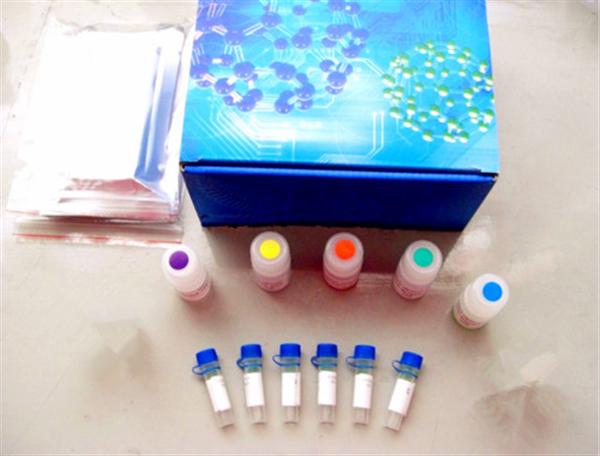The most common method for detecting antigens in an ELISA kit is the sandwich immunoassay, which is widely used due to its high specificity and sensitivity. This technique is particularly effective for large molecules such as proteins and glycoproteins.
Here are the key steps involved:
1) A specific antibody is immobilized onto a solid-phase surface, such as a microplate well. After incubation, unbound antibodies are removed through washing, leaving only the bound antibody on the surface.
2) The sample containing the target antigen is added to the wells. The antigen binds specifically to the immobilized antibody, forming an antigen-antibody complex. Any unbound substances are then washed away.
3) An enzyme-conjugated secondary antibody is introduced. This antibody recognizes and binds to the antigen, forming a "sandwich" complex with the primary antibody. Unbound conjugate is removed by another wash.
4) A substrate is added, and the enzyme catalyzes a reaction that produces a detectable color change. The intensity of the color is proportional to the amount of antigen present, which can be quantified using a spectrophotometer.

This method is commonly used in clinical diagnostics for detecting macromolecular antigens like HBsAg, HBeAg, AFP, and hCG. To set up the assay, it's essential to have a specific antibody against the target antigen and an enzyme-labeled version of the same or a different antibody.
When using polyclonal antibodies, it's advisable to use antibodies from different species for coating and labeling to avoid cross-reactivity. In contrast, monoclonal antibodies are often used in pairs—each targeting a different epitope on the antigen—to enhance the specificity of the detection system.
The one-step sandwich ELISA offers convenience, allowing both the sample and enzyme-labeled antibody to be added simultaneously. However, this method may encounter the "hook effect" when the antigen concentration is too high. In such cases, excess antigen may bind to both the solid-phase and labeled antibodies, preventing the formation of a stable complex. This results in lower-than-expected signal readings, resembling a hook-shaped curve on the standard curve.
To minimize the hook effect, high-affinity monoclonal antibodies are recommended. This is especially important when testing samples with extremely high antigen levels, such as HBsAg, AFP, or urine hCG. Careful selection of antibodies and optimization of conditions can help ensure accurate and reliable results.
Additionally, when dealing with antigens that have multiple identical epitopes (like the "a" determinant of HBsAg), a single monoclonal antibody can be used for both coating and labeling. However, special attention should be given to antigen subtypes, as variations may affect detection outcomes.
Finally, the double-antibody sandwich method is ideal for antigens with at least two binding sites, but it is not suitable for small molecules or haptens, which lack the necessary valency to form a stable complex.
Hapy Bar Vape 50000, 50000 puff disposable vape, rechargeable disposable vape, best long-lasting vape, mesh coil disposable vape
Niimoo Innovative (HK) CO., LIMITED , https://www.niimootech.com